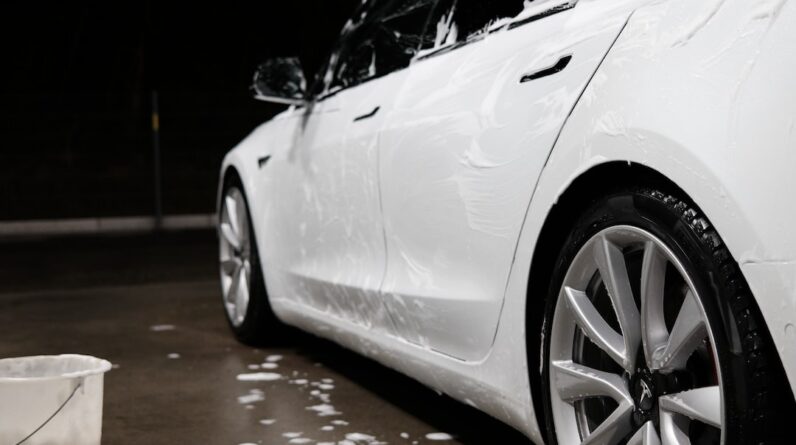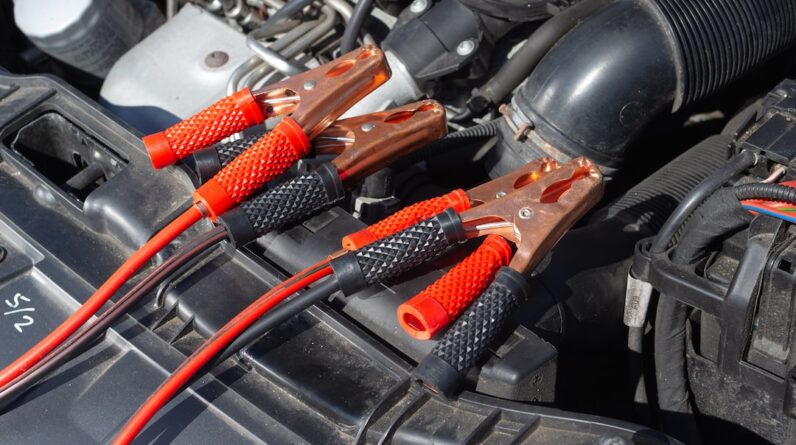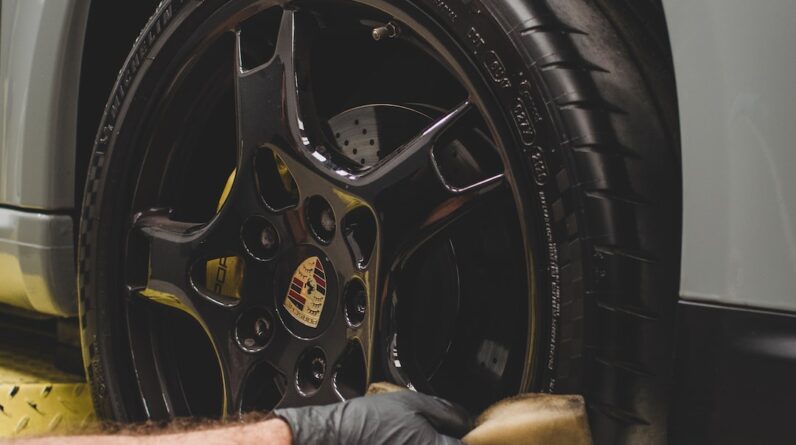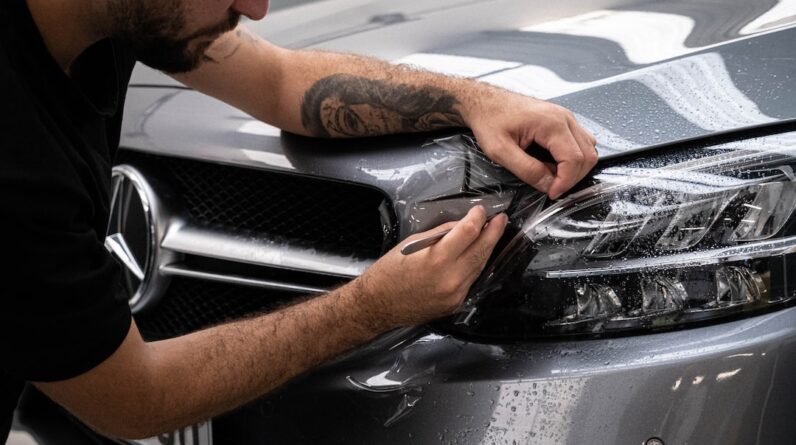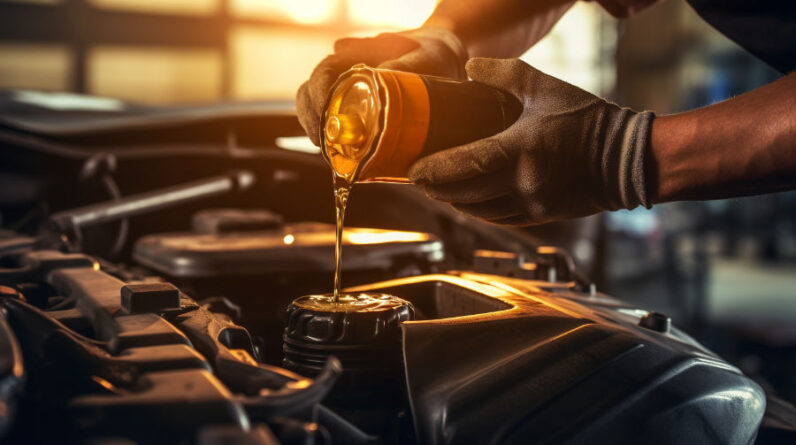You’ve reached a milestone in your car’s life – 150,000 miles. Congratulations! This achievement shows that your vehicle has been reliable and has served you well.
But now is not the time to rest on your laurels. To ensure your car continues to run smoothly for many more miles, it’s crucial to give it the proper maintenance it deserves.
In this article, we will delve into the world of car maintenance at the 150,000-mile mark. We’ll explore the key components that need attention, from fluids to spark plugs, suspension to belts and hoses.
By following these maintenance guidelines, you’ll not only extend the lifespan of your car, but also improve its performance and safety.
So let’s roll up our sleeves and dive into the world of car maintenance at 150,000 miles!
Key Takeaways
- Proper maintenance is crucial at the 150,000-mile mark for a car.
- Key components that require attention include fluids, brakes, air filter, belts and hoses, spark plugs and ignition coils, and suspension components.
- Checking and replacing fluids, checking for coolant leaks, and replacing brake pads are essential maintenance tasks.
- Replacing the air filter improves engine performance and fuel efficiency, while inspecting and replacing belts and hoses, especially the timing belt, is important.
- Replacing spark plugs enhances engine performance, and worn-out spark plugs should be replaced. Replacing ignition coils has numerous benefits.
- Suspension components such as shocks and struts, control arms and bushings, and tie rods and ball joints should be inspected and replaced if necessary.
- Conducting a comprehensive inspection using a checklist is recommended, focusing on common issues that may arise.
Check and Replace Fluids
At 150k miles, it’s time to check and replace all the fluids in your car.
Start by checking your brake pads for wear and tear. Replace them if necessary to ensure optimal braking performance.
Additionally, don’t forget to replace your air filter. A clean air filter promotes better engine performance and fuel efficiency.
By regularly checking and replacing these fluids, you can maintain your car’s overall health and prolong its lifespan.
Inspect and Replace Belts and Hoses
Check under the hood and make sure your vehicle’s vital organs, like the belts and hoses, are in tip-top shape before hitting the road. Inspect and replace the timing belt to ensure proper engine function. Look for signs of wear, such as cracks or fraying, and promptly replace any damaged belts. Additionally, check for coolant leaks, as these can lead to overheating and engine damage. Maintain your car’s health by addressing these issues promptly.
| Timing Belt | Coolant Leaks |
|---|---|
| Inspect for wear and damage | Check for leaks and repair |
| Replace if necessary | Prevent overheating and engine damage |
Replace Spark Plugs and Ignition Coils
When it comes to maintaining your car’s engine performance, the importance of spark plugs can’t be overstated. Worn-out spark plugs can lead to misfires, reduced fuel efficiency, and even engine damage.
Therefore, it’s crucial to recognize the signs of worn-out spark plugs. These signs include rough idling, difficulty starting the engine, and decreased acceleration.
By replacing the ignition coils, you can ensure a consistent and strong spark. This will result in improved fuel combustion, better power delivery, and overall smoother engine performance.
Importance of spark plugs
Don’t underestimate the crucial role your spark plugs play in keeping your car running smoothly even after 150k miles. Regular maintenance is of utmost importance to ensure their optimal performance.
Ignition system failures can manifest through various signs such as rough idling, difficulty starting the engine, or decreased fuel efficiency. By inspecting and replacing worn-out spark plugs, you can prevent potential issues and maintain the proper functioning of your car’s ignition system.
Signs of worn-out spark plugs
One surefire way to tell if your spark plugs are worn out is by paying attention to the engine’s performance. Common spark plug issues include misfiring, difficult starting, and reduced fuel economy. Another sign of worn-out spark plugs is ignition coil failure, which can cause engine hesitation and a decrease in power. If you notice any of these signs, it’s important to replace your spark plugs to maintain optimal car performance.
| Common Spark Plug Issues | Signs of Ignition Coil Failure |
|---|---|
| Misfiring | Engine hesitation |
| Difficult starting | Decreased power |
| Reduced fuel economy |
Benefits of replacing ignition coils
Replacing ignition coils can greatly improve the overall performance of your vehicle, ensuring a smoother and more powerful driving experience.
For instance, a friend of mine recently replaced the faulty ignition coils in his car, and he noticed an immediate increase in acceleration and fuel efficiency.
Ignition coil failure can lead to symptoms such as rough idling, misfiring, and even stalling.
Replacing them promptly can prevent further damage to the engine and ensure optimal performance.
Inspect and Replace Suspension Components
When inspecting and replacing suspension components, there are three key points to focus on: shocks and struts, control arms and bushings, and tie rods and ball joints.
These components play a crucial role in maintaining the stability, control, and smoothness of your vehicle’s ride. It’s important to regularly inspect them for wear and tear and replace them if necessary to ensure optimal performance and safety on the road.
Shocks and struts
After 150k miles, it’s crucial to check and replace the shocks and struts to ensure a smooth and safe ride. Neglecting shocks maintenance can lead to reduced stability and increased stopping distance.
When inspecting the shocks, look for signs of leakage, excessive bouncing, or uneven tire wear. If any of these issues are present, it’s time for strut replacement.
Upgrading to high-performance shocks can improve handling and overall ride quality.
Control arms and bushings
To ensure a smooth and safe ride, you need to check and replace the control arms and bushings. Control arm maintenance is crucial for your vehicle’s stability and handling. These components connect the suspension system to the frame, allowing for controlled movement and absorbing road shocks.
Over time, the bushings can wear out, leading to increased vibration and decreased control. Regular bushing replacement will enhance your vehicle’s stability and improve overall ride quality.
Tie rods and ball joints
Inspecting the tie rods and ball joints is essential for ensuring the stability and control of your vehicle’s suspension system. Proper tie rod maintenance involves checking for any signs of wear or damage, such as excessive play or loose connections. If necessary, ball joint replacement should be performed to prevent steering issues and maintain optimal performance. Regular inspection and maintenance of these components will contribute to a safe and smooth driving experience.
| Tie Rod Maintenance | Ball Joint Replacement |
|---|---|
| Check for wear or damage | Inspect for looseness |
| Tighten connections | Replace if necessary |
| Grease fittings | Ensure proper alignment |
| Monitor for excessive play | Regular inspection |
Perform a Comprehensive Inspection
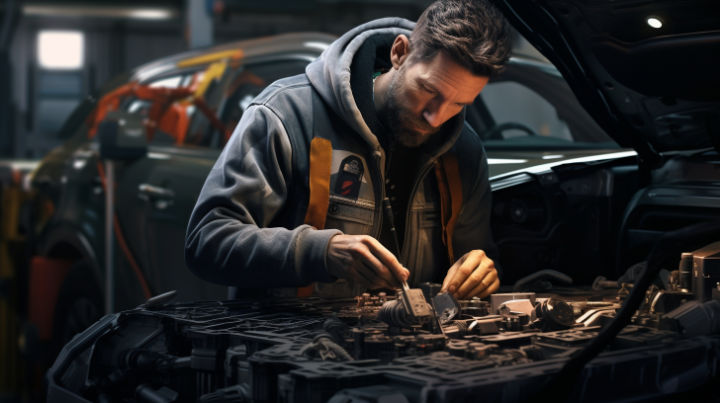
Now that your car has reached 150k miles, it’s time for a thorough check-up to ensure everything is in tip-top shape. Conducting a comprehensive inspection is crucial at this mileage.
Use a comprehensive inspection checklist to meticulously examine your vehicle. Look out for common issues found during inspections, such as worn-out suspension components, leaking fluids, deteriorating belts, and hoses, as well as any signs of rust or corrosion.
Frequently Asked Questions
How often should I check and replace the transmission fluid in my car when it reaches 150k miles?
Regularly checking and replacing your transmission fluid is crucial for maintaining optimal performance. At high mileage, it’s even more important. Follow manufacturer guidelines and consider using a synthetic fluid to prolong your transmission’s lifespan.
Are there any specific signs or symptoms that indicate a need to replace the timing belt or coolant hose at this mileage?
To determine the need for timing belt replacement, listen for squealing or rattling noises, and inspect for cracks or fraying. For coolant hose replacement, check for leaks, bulges, or soft spots.
Can I replace the spark plugs and ignition coils myself, or is it recommended to take my car to a professional?
Replacing spark plugs and ignition coils is like performing open-heart surgery on your car’s engine. While it is possible to do it yourself, it is recommended to take your car to a professional for precision and expertise.
What are the common signs of worn-out suspension components that should be inspected and replaced at 150k miles?
Inspect your suspension components for common signs of wear such as excessive bouncing, uneven tire wear, or a drifting sensation while driving. If you notice these issues, it is recommended to replace the worn-out components promptly.
Besides the components mentioned in the article, what other parts of the car should be thoroughly inspected during a comprehensive inspection at this mileage?
During a comprehensive inspection, make sure to thoroughly inspect other areas of the vehicle. Check the brakes for wear and tear, examine the belts and hoses for cracks or leaks, and inspect the exhaust system for any damage or corrosion.
Conclusion
To ensure optimal performance and longevity of your vehicle, it’s crucial that you prioritize regular car maintenance once your odometer hits the 150,000-mile mark. By diligently checking and replacing fluids, inspecting and replacing belts and hoses, and replacing spark plugs and ignition coils, you can safeguard your car’s functionality and prevent costly breakdowns.
Additionally, it’s important to inspect and replace suspension components and perform a comprehensive inspection. These tasks are paramount in maintaining your vehicle’s overall health and ensuring a smooth and safe ride for years to come.
Don’t underestimate the importance of these tasks; they’re crucial in maintaining your vehicle’s overall health and ensuring a smooth and safe ride for years to come.


